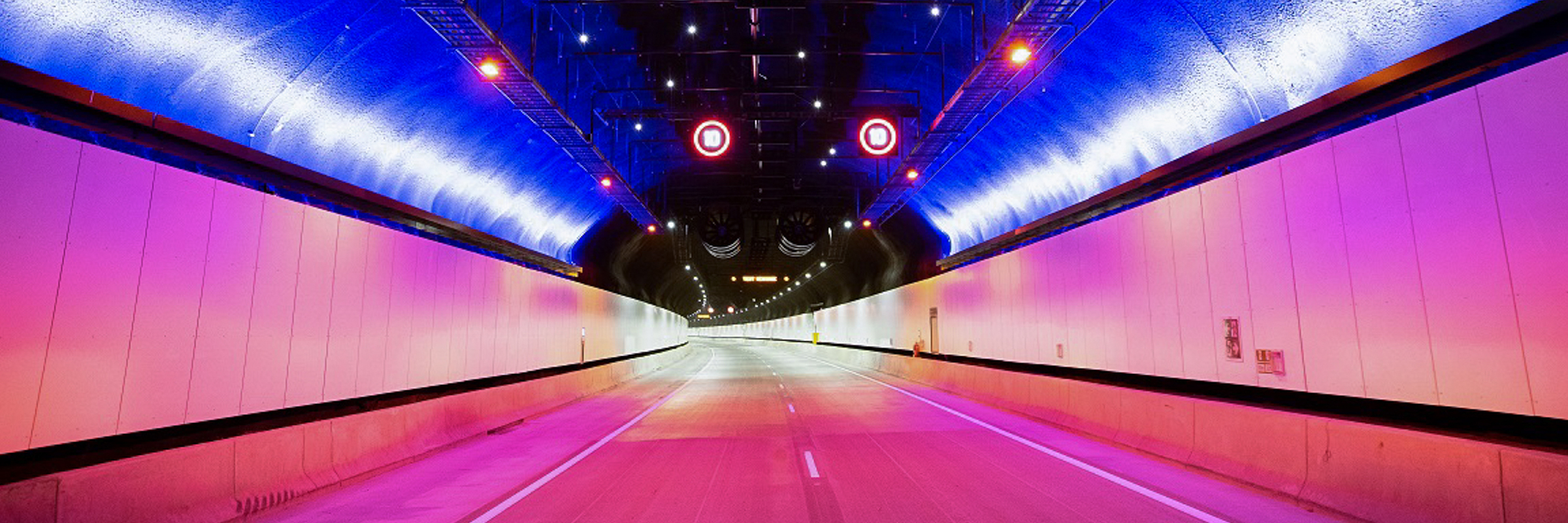Taking the complex out of road connections
Engineers eliminated complicated connections to existing surface roads by designing the length of the tunnel to bypass major intersections, such as the one at Pacific Highway and M1 at the northern end. This provides motorists with connections to arterial roads without adding to congestion at major intersections.
Higher and wider tunnel design to future-proof NorthConnex
The NorthConnex tunnel has an internal vehicle clearance of 5.1 metres, significantly taller than the average 4.6 metres for traditional tunnels, in order to service the anticipated future height of freight vehicles.
At its opening, the tunnel is marked with two traffic lanes and a breakdown lane, but the wider-than-average design means it can be reconfigured to three lanes as required. Another future-proofing aspect is the east-facing road stubs constructed at the southern end of the tunnel, which can be extended to connect the tunnel to the eastern section of the Hills M2 Motorway in the future.
The engineering design used the sequential excavation and support method; using roadheaders to excavate the tunnel, with a combination of rock bolts and sprayed concrete applied close to the tunnel face to support excavation. In this way, the efficient tunnel design solution is that each cross-section is cut specifically to the geometrical requirements at any given location. This resulted in less excavation and spoil to move.
During peak construction, there were 20 roadheaders operating to excavate the tunnel profile. More than 2.5 million cubic metres of soil was excavated and 100 per cent was reused, either by the nearby Hornsby Quarry or at other project sites across Sydney.
A thinner lining of shotcrete for the tunnel walls was engineered to reduce the volume of concrete required in construction, while still adhering to tunnel design safety requirements. Enhanced passive fire protection was achieved by adding polypropylene fibres to the shotcrete to improve its resistance to fire and heat.









